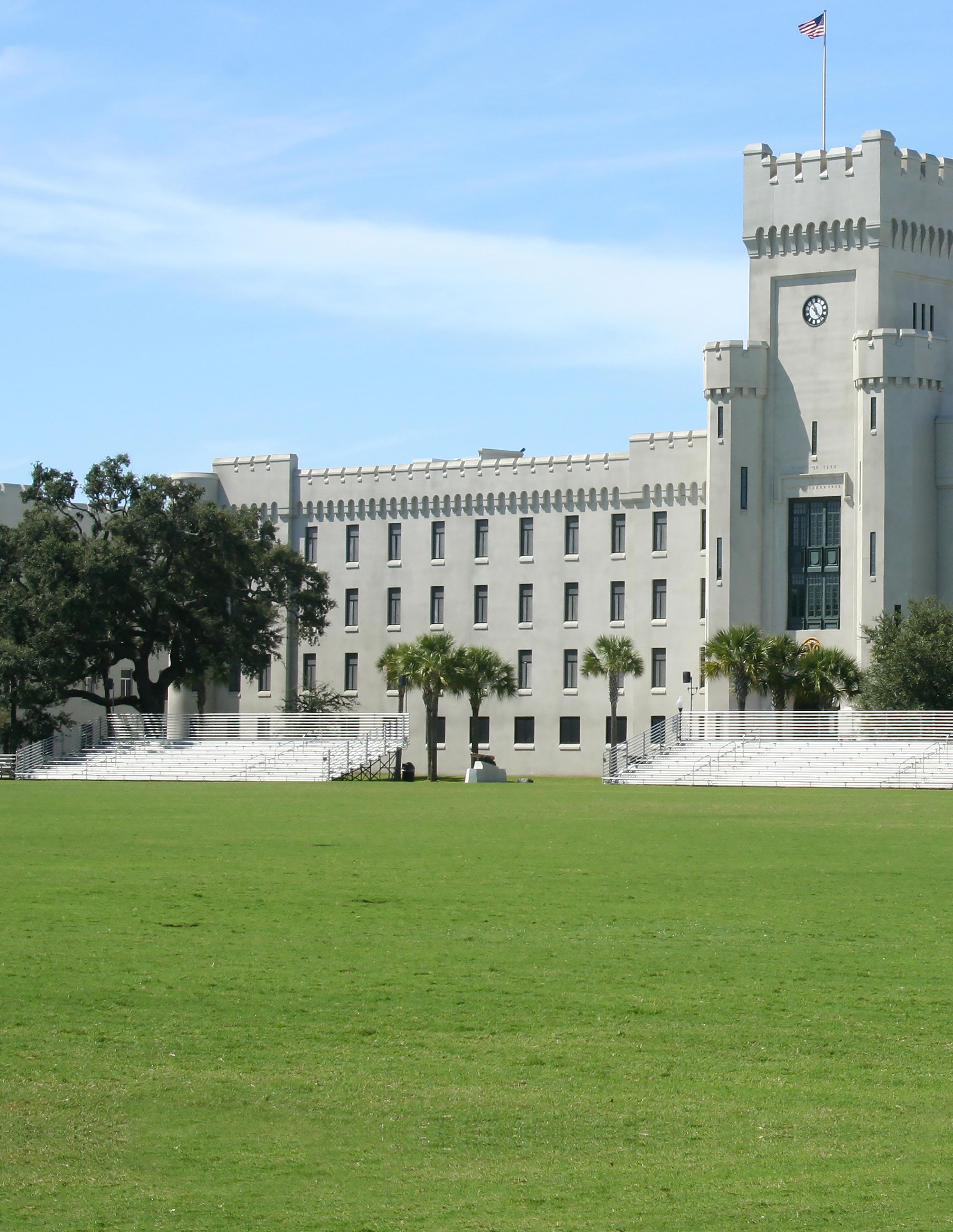
4 minute read
Years of Guarding Unknown Recipients of the Medal of Honor
Russia were interned there for about 13 months. Eight more were captured by the Japanese; of those men, only four survived to see the end of the war.
While the raid didn’t cause a lot of physical damage, there were extensive psychological effects. For the Allies, it was a big morale boost. For Japan, fear of more attacks spread. Japanese military leaders called some of their combat forces back to provide defense at home, and they ordered an attack on the U.S. base on Midway Island – a battle that was a pivotal turning point for the U.S. on the Pacific front.
Advertisement
Doolittle was advanced two ranks to brigadier general one day after the attack. A month later, he received the Medal of Honor from President Franklin D. Roosevelt during a White House ceremony. “Floored by the honor,” Doolittle accepted it on behalf of all the “Doolittle Raiders,” as they became known, and vowed to the spend the rest of his life living up to the honor. He epitomizes the values all Medal of Honor Recipients hold as guardians of the Medal for all that have served our nation when he stated, “The award should be reserved for those who risk their lives trying to save someone else. Every man on our mission took the same risk I did. I don’t think I’m entitled to the Medal of Honor.” While the accolades kept coming, the war didn’t stop, and neither did Doolittle. In September 1942, he became the commanding general of the 12th Air Force in North Africa. Two months later, he was promoted to major general. By January 1944, he was commanding the 8th Air Force in Europe before taking the unit to the Pacific, where they finished out the war. During that time, Doolittle received his third star to become lieutenant general.

THE LATER YEARS
After the war, Doolittle helped organize the Air Force Association and was elected its first president. He also lobbied successfully to make the Air Force its own branch of the military. In May 1946, the general reverted back to inactive reserve status and returned to Shell as its vice president and, later, director. In 1951, Doolittle was appointed as a civilian to be a special assistant to the Air Force chief of staff for science matters -- work that helped lead to Air Force ballistic missile and space programs.
Doolittle officially retired from duty on Feb. 28, 1959, but he continued to work on related endeavors. He served as chairman of the board of Space Technology Laboratories. He was also appointed to MIT’s board of trustees and remained active in its affairs throughout his life.g


Army Air Corps Brig. Gen. Jimmy Doolittle receives the Medal of Honor from President Franklin D. Roosevelt on May 20, 1942, during a White House ceremony. Doolittle led a squadron of bombers in a raid on Tokyo and other Japanese cities on April 18, 1942. Looking on are (from left) Army Air Force Lt. Gen. Henry “Hap” Arnold, chief of the Army Air Forces; Mrs. Josephine Doolittle; and Army Chief of Staff Gen. George C. Marshall.

In 1985, at age 88, Doolittle was given full general status by Congress. The honor made him the first person in Air Force Reserve history to wear four stars. In 1989, he was awarded the Presidential Medal of Freedom, becoming the first and only American to earn both the country’s highest military and civilian honors.
When the Congressional Medal of Honor Society was established in 1958, Gen. Doolittle was one of the founding members. Over the years, later Recipients from Korea and Vietnam interacted with him and other Medal of Honor legends. Vietnam Recipient James Taylor recalls, “Everywhere he went he was surrounded by his admirers, so I just stood by and listened. I was in awe at the way he handled himself -- a very gracious, humble thoughtful person that would rather talk about his fellow pilots, his country, or his wife. Great American.”
Doolittle died on Sept. 27, 1993, at age 96 after suffering a stroke earlier that month. He was buried in Arlington National Cemetery. Doolittle was survived by his two sons, James. Jr. and John. Both men followed in their dad’s footsteps by becoming Air Force officers. Doolittle’s name remains one of the more famous names of the modern military era. In the decades since World War II, several books have been written about the raid and the man himself, including his autobiography, “I Could Never Be So Lucky Again.” Several movies also touched on the raid, including the more recent 2019 film “Midway.”
The General James Doolittle Award is awarded by MIT, while his name adorns several streets and facilities at U.S. Air Force bases across the country.
In May 2014, President Barack Obama awarded all 80 of the Doolittle Raiders the Congressional Gold Medal in recognition of their service. The Medal is housed at the National Museum of the U.S. Air Force.
The last of the Doolittle Raiders, Air Force Col. Richard Cole, died at the age of 103 in April 2019.
This article is a reprint from a weekly series called “Medal of Honor Monday,” in which the Defense Department highlights one of the more than 3,500 Medal of Honor Recipients who have earned the U.S. military’s highest Medal for valor. Thanks to John Falkenbury, Executive Director for the Congressional Medal of Honor Society, for his input from the original article and to James M. Scott for his permission to use excepts from his book “Target Tokyo – Jimmy Doolittle and the Raid that Avenged Pearl Harbor.”










